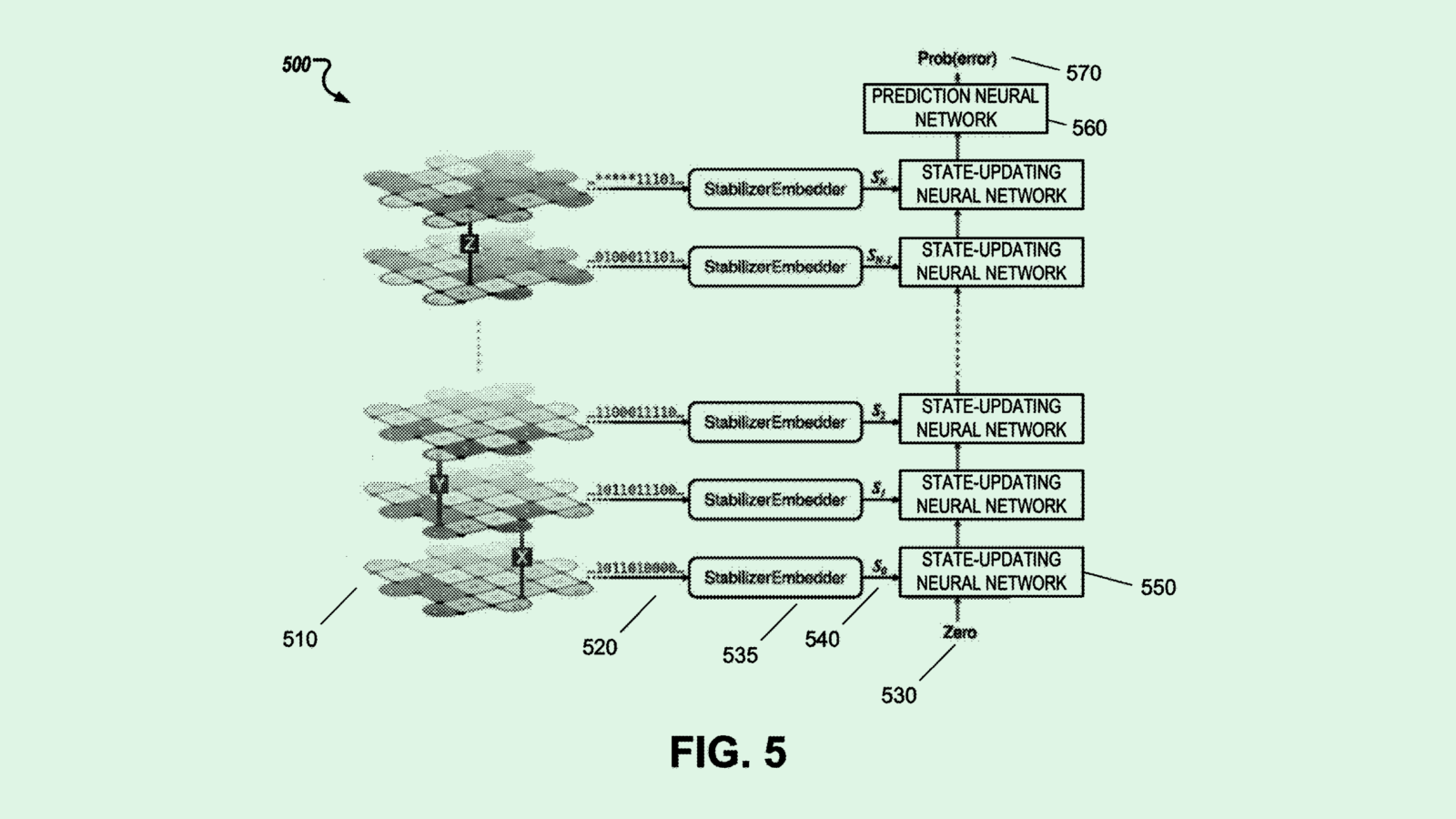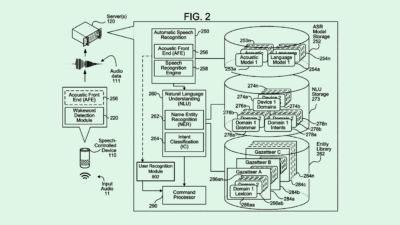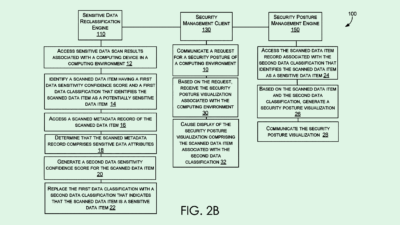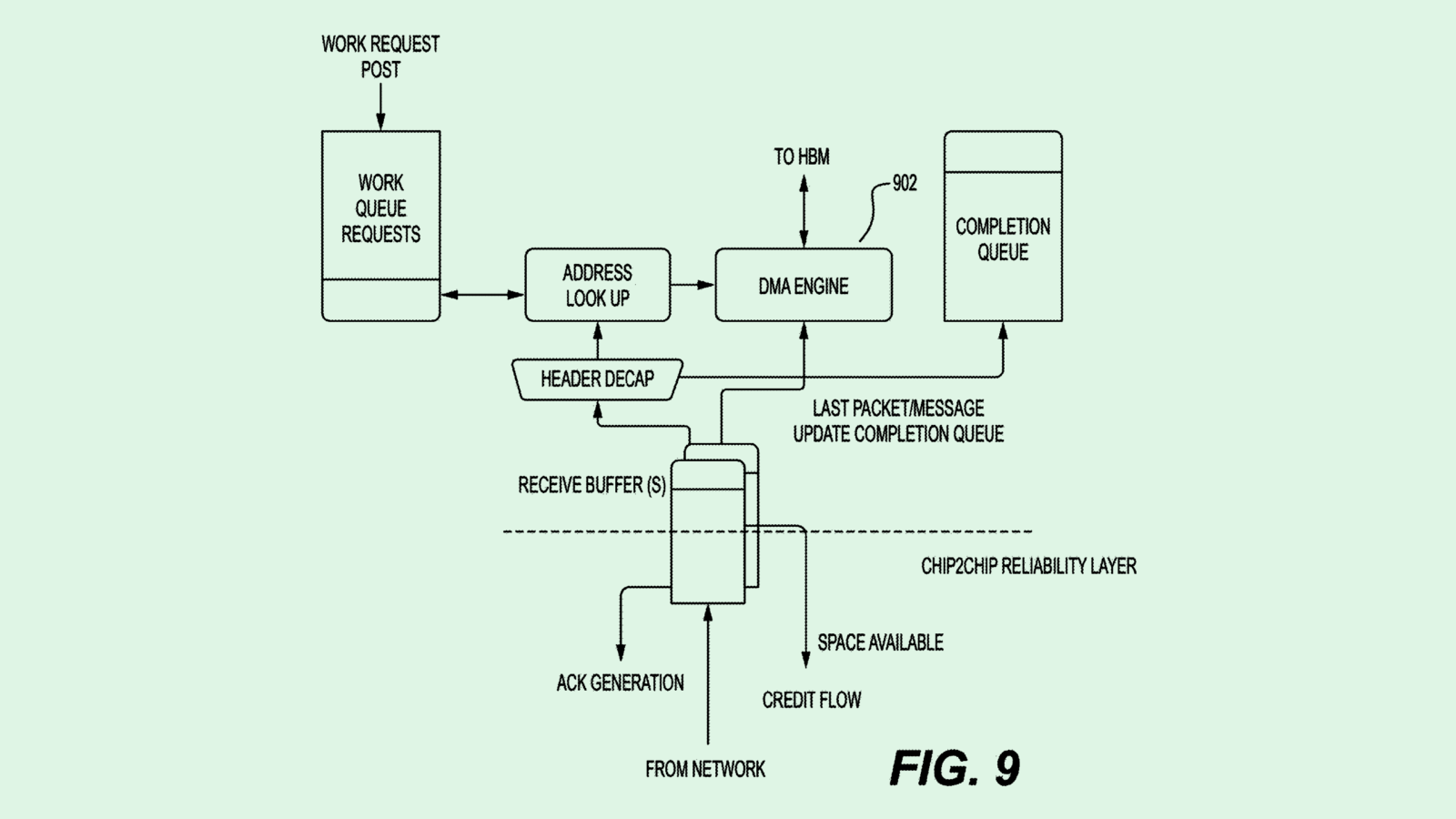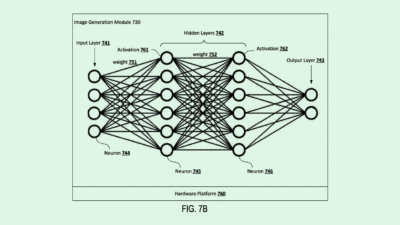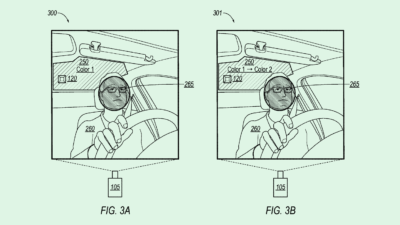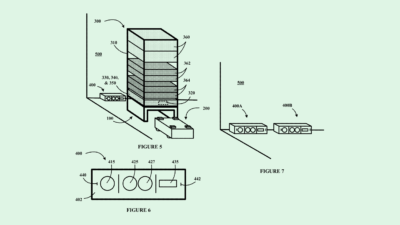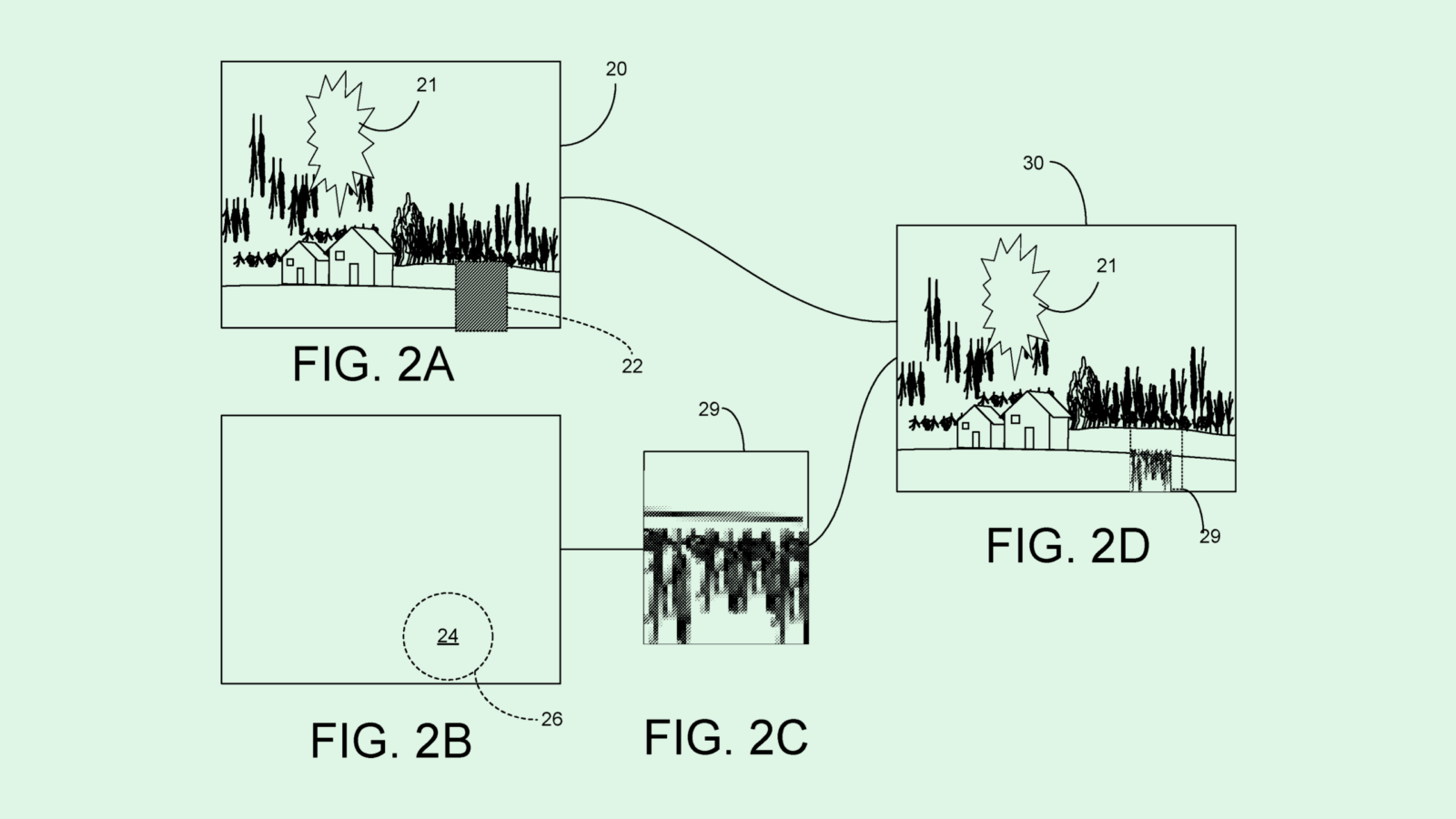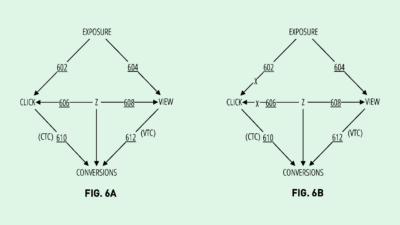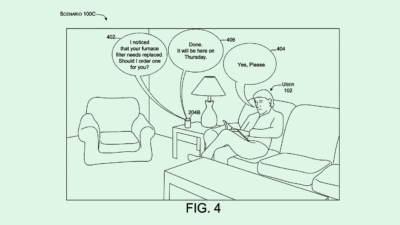Adobe May Add Face Swapping Tools to its AI Arsenal
The company’s latest patent could have implications for training image generating AI without the copyright issues.
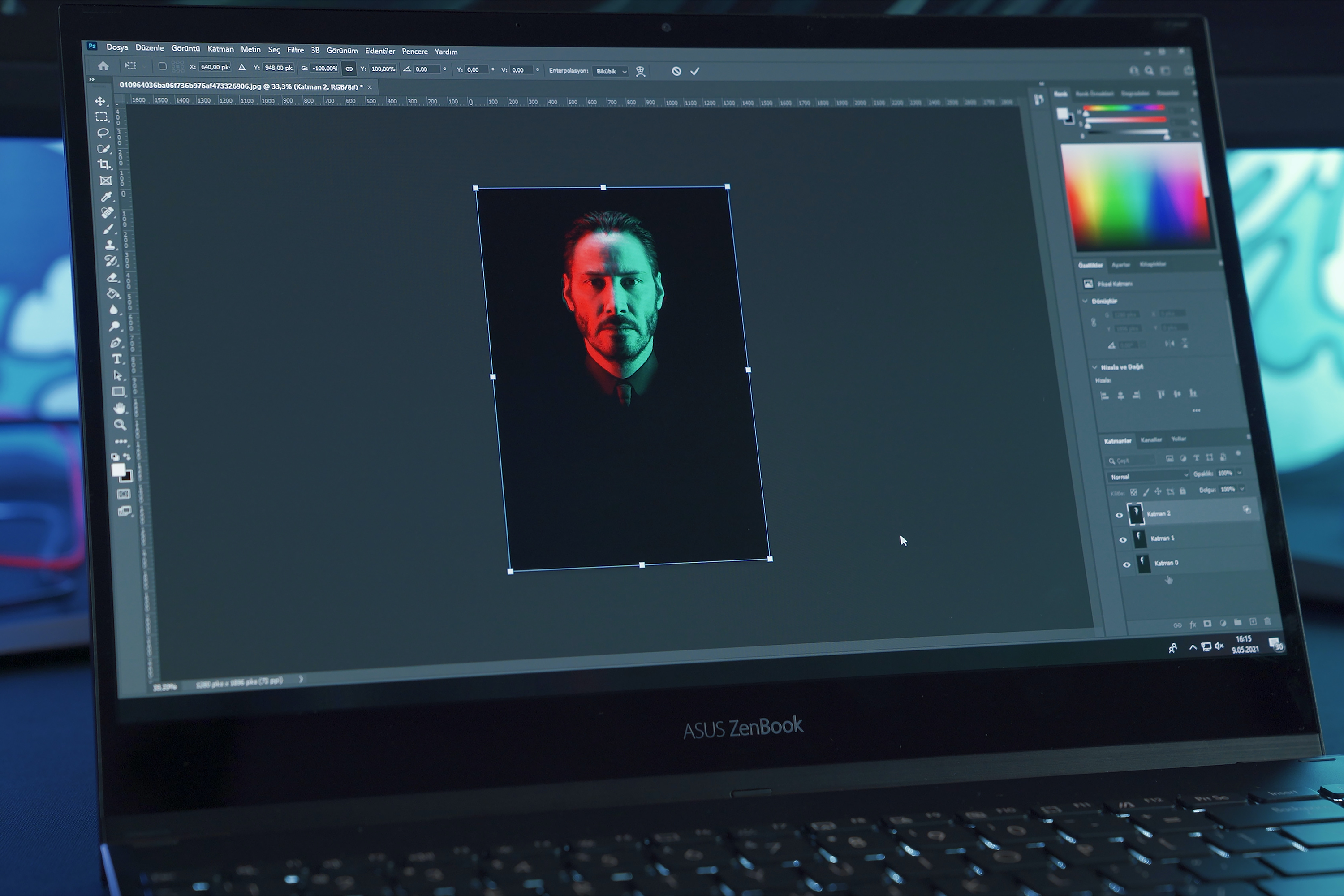
Sign up to uncover the latest in emerging technology.
Adobe wants to help you blend into the crowd.
The company is seeking to patent a system for “face anonymization in digital images.” As the title of the patent suggests, Adobe’s system aims to overcome “conventional challenges to generate an anonymized face” by using AI to create entirely new faces, rather than simply blurring them out.
The objective of Adobe’s system is to create an anonymized version of a face in a photo using a target face and a reference face. First, a “digital object editing system” uses an encoder to extract features from a photo of a target face (meaning, the person that is being anonymized). The editing system does the same extraction process to an image of a reference face, which would come from a stock photo service provider.
In order to get a proper match for the target face from the stock photo service, the image is used as part of a digital image search, and could be chosen either manually or automatically.
Once the features of both images are encoded (made into data that a machine learning model can read), a “mixed encoding” is created using a neural network generator module. Finally, the mixed face is placed over the original target face using a “three-dimensionally aware face component transfer technique.”
Adobe noted that this method could be helpful in situations where a person was captured in an image in a public place without their consent. “In some situations it is difficult if not impossible for the contributor to also obtain a release from other people that are also captured in the digital image, especially if those people are unknown to the creative professional,” the company said.

Adobe’s past patent activity includes AI-based in-app editing recommendations, a “visually guided” language model and machine learning to identify and predict content in documents.
Adobe launched Firefly earlier this year, its own AI image generator which it claims is “designed to be safe for commercial use.” The company also displayed a number of new AI-based products at its Adobe Max conference in October, including an “object-aware editing engine” that makes any image in an object changeable.
While this filing is laid out as a way to get around bystanders that just happen to pop up in the background of your Instagram photos without having to blur out their faces, this could have greater implications for its AI ambitions themselves.
Image-generating AI entails copyright and privacy problems: These models are often trained on millions of different images that are wantonly scraped from the internet, many of which had been copyrighted. While Congress is still figuring out how to regulate AI properly, in a legal sidebar published in late September, the Congressional Research Service noted that copyright owners can sue for infringement if the AI program had access to their work and created “substantially similar” outputs.
But a tool like this, which can transform the subject of an image into something entirely new — and, well, previously nonexistent — could help overcome some of those issues if the images it generates are used to train AI in the first place.
